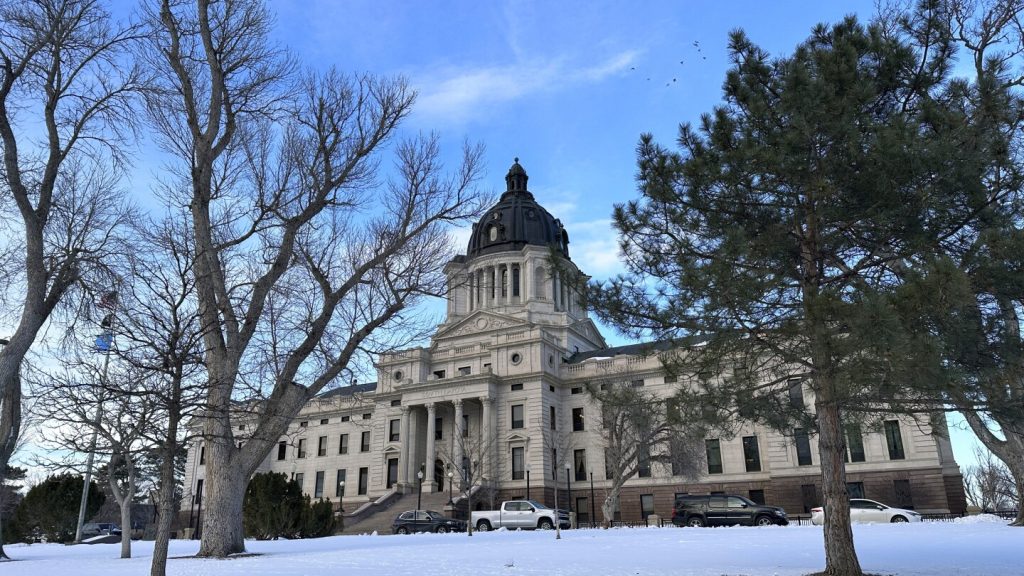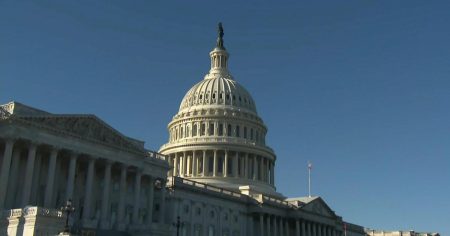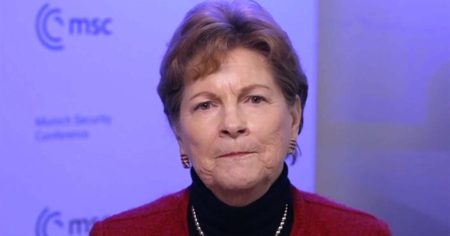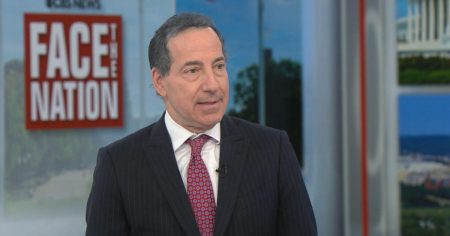The Evolution of Gendered Language in State Constitutions
Introduction: The Timeless Issue of Inclusive Language
In an era where inclusivity is paramount, many U.S. state constitutions still cling to gendered language, reflecting a bygone era. This outdated terminology not only overlooks the progress of women in politics but also sidesteps the complexities of gender identity in modern society. The issue is not merely about semantics; it speaks to the heart of equality and representation. As women increasingly hold public office, the need to update these foundational documents becomes more urgent, sparking debates that blend grammar with gender politics.
Progress and Setbacks: A Patchwork of Change Across States
While some states have embraced gender-neutral language, others remain steadfast in their traditional phrasing. New York and Vermont are beacons of progress, having updated their constitutions in 2001 and 1994, respectively. However, efforts in states like Washington and Connecticut have facedsignificant hurdles, indicating a divided landscape. The inclusion of terms like "assemblymembers" in places such as Nevada and California shows incremental change, yet much work remains to be done.
The Case of South Dakota: A Governor’s Crusade for Change
South Dakota’s journey under Governor Kristi Noem highlights both the enthusiasm for change and the resistance it can meet. Noem, the state’s first female governor, championed a constitutional amendment to replace gendered language with neutral terms, reflecting the evolving roles of women in leadership. Despite her efforts, the amendment faced defeat, illustrating the challenges of modernizing legal language in conservative strongholds. The failure underscores the complex interplay of politics, culture, and language.
The Broader Debate: Culture, Politics, and Resistance
The resistance to changing gendered language is deeply rooted in cultural and political ideologies. In South Dakota, the amendment’s defeat was partly due to the term "pronoun," which ignited debates about nonbinary identities. This case reflects a broader societal tension, where efforts to inclusivity are often met with counterarguments rooted in traditional views of gender. The intersection of gender identity and legal language reveals a society grappling with its values.
Expert Insights: Perspectives on Language and Inclusion
Experts emphasize the significance of language in shaping societal values. Debbie Walsh of the Center for American Women and Politics notes that language conveys belonging and values, advocating for inclusivity to reflect diverse leadership. Legal experts like Neil Fulton highlight that while masculine pronouns have historically been interpreted inclusively, evolving language conventions necessitate updated legal frameworks. These insights underline the balance between tradition and progress.
Conclusion: The Path Forward for Inclusive Governance
The journey to modernize state constitutions is a testament to the dynamic nature of language and governance. As society evolves, so too must its legal foundations to reflect the diversity of its leaders and citizens. The failed amendment in South Dakota serves as a reminder of the challenges ahead, yet it also galvanizes continued efforts towards inclusivity. The future of governance lies in its ability to embrace change, ensuring that all voices are heard and represented.












